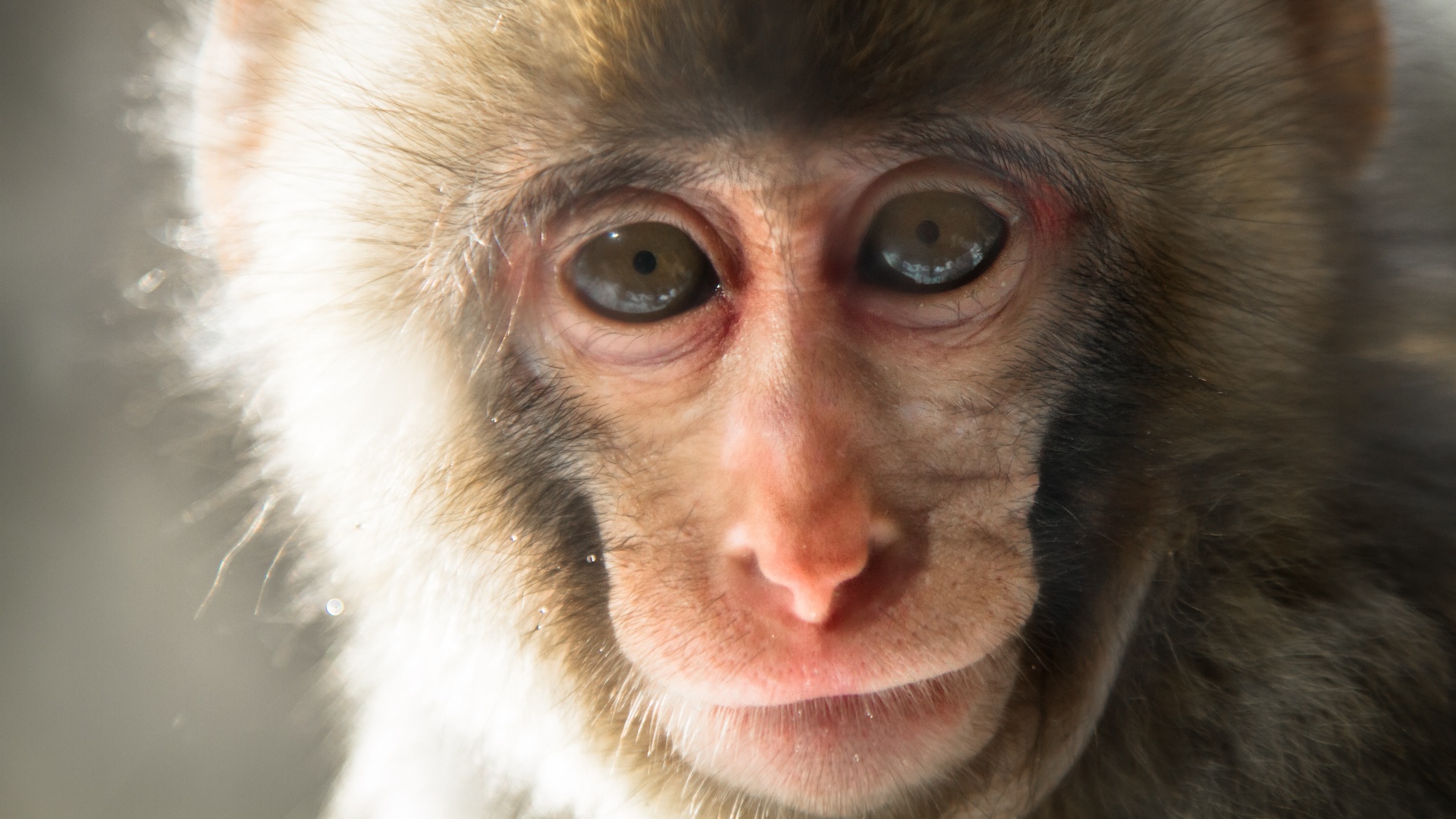
Scientists have fixed a hole in a monkey's retina with a patch derived from human stem cells.
This feat — described in a study published Oct. 3 in the journal Stem Cell Reports — is a step forward in retinal transplantation. The retina is the layer of light-detecting cells in the back of the eye, and damage and disease to the tissue can cause vision loss and blindness. Such conditions can be difficult to treat. Sometimes doctors can move part of the patient's own retina from its outer edges to the center, but this inevitably leads to blind spots in the periphery.
The new study focused on repairing a macular hole. In this rare condition, a hole develops in the very center of the retina, at the "fovea," which is needed for central vision and sharp focus. Macular holes often occur when the jelly-like substance inside the eye pulls away from the retina, causing tears. About 90% of such cases can be surgically treated, but the remaining 10% can leave patients with blurred vision or blind spots.
Dr. Michiko Mandai, director of the research center at the Kobe Eye Hospital in Japan, has been working for years on developing miniature, lab-grown versions of retinas from stem cells. These retinal "organoids" are sheets of light-detecting cells, derived from stem cells that can be nudged to develop into any tissue in the body.
Related: Scientists develop 'crying' model of human eye tissue
In 2019, Mandai had an opportunity to test these sheets on macular holes: Another lab studying how the eyes and brain process images found that one of their Japanese macaques (Macaca fuscata) could not complete visual tasks. It turned out that the monkey had a macular hole. The lab then transferred the animal to Mandai's lab for surgery.
Mandai and her team grew a retinal sheet from human stem cells and used it to surgically patch the monkey's retina — sort of like applying a patch to torn clothing. The transplant was safe and effective, and the monkey's performance on visual tests improved post-surgery, they reported.
The only complication of the procedure was a mild rejection of the patch, seen four months after the surgery, Mandai told Live Science. Rejection involves the immune system attacking the transplanted tissue, and in this case, the team resolved the problem with steroid injections that suppressed that immune response.
The rejection may have been due to the cross-species nature of the transplant, Mandai said. "Transplantation of human tissue to a human would have less risk of immune response," she suggested.
Six months after the surgery, the researchers surgically removed the monkey's eye to examine the patch. They found that new visual cells — rods, which primarily handle night vision, and cones, which are key to color vision — had developed. However, the team could not confirm that connections had formed between the transplanted cells and the monkey's original cells.
With macular hole, the improvement in vision arises from the eye recovering its structural organization and function after that hole is closed up, Mandai said. "Whether grafted retinal cells can also contribute to visual function is not known yet, but that part is not mandatory," she said. In other words, vision improves by virtue of the hole being closed, not the grafted cells actually helping with visual processing.
Mandai's team is moving forward on using their retinal organoids to treat other conditions. Last year, the researchers reported results from a clinical trial that used the sheets in human patients with retinitis pigmentosa, a genetic condition that causes progressive vision loss. After two years, the grafts had safely integrated into the patients' retinas, and their vision loss progressed more slowly than that of patients who hadn't been treated.
The team is also studying the function of transplanted retinal tissue in animals to learn whether the transplants can host working cells.
Ever wonder why some people build muscle more easily than others or why freckles come out in the sun? Send us your questions about how the human body works to community@livescience.com with the subject line "Health Desk Q," and you may see your question answered on the website!







